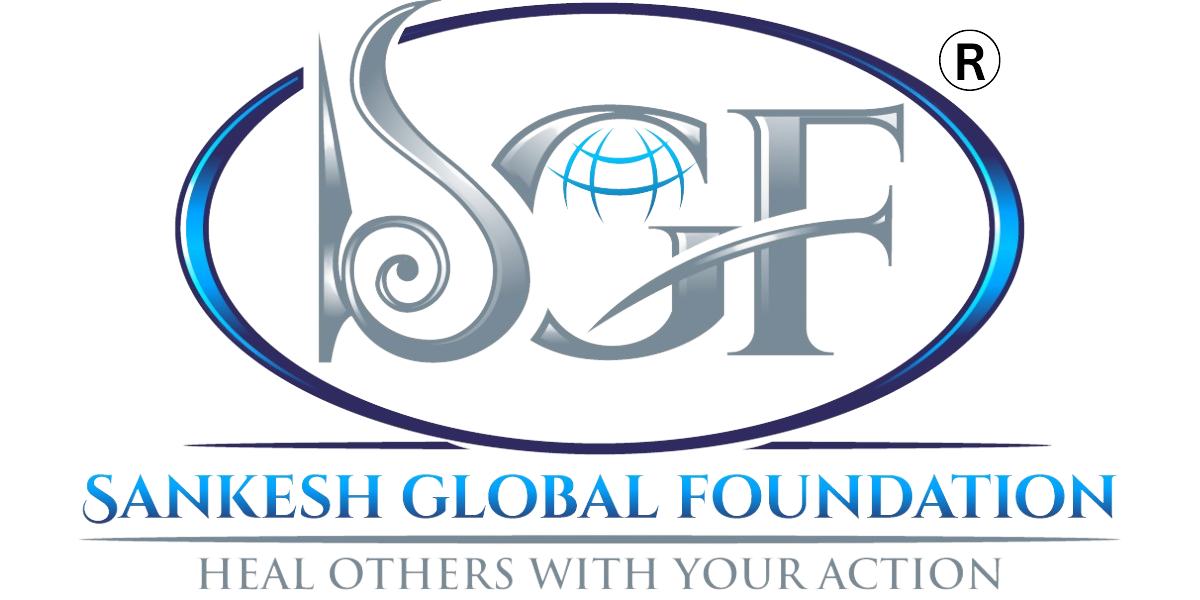Solving The Hunger Crisis
In the past two decades, the rise in population in India has been tremendous. According to the World Bank, India’s population growth rate is 1%, with a population of over 1.3 billion people. The gross domestic product has also increased 4.5 times with an increase in the per capita consumption by 3 times, and the total foodgrain production has increased 2 times. However, despite the astounding economic growth and foodgrain production in the country, India is still incapable of providing access to food to many people, especially women and children.
STATE OF HUNGER IN INDIA- AN OVERVIEW
In a report, ‘The State of Food Security and Nutrition in the World’, published by the Food and Agricultural Organisation (FAO) in 2020, 189.2 million people in India are malnourished, which is 14% of the total population. Moreover, 51.4% of women in their reproductive age, i.e. between 15-49, are anaemic.
The report published by FAO also mentions that 34.7% of children under five years of age in India are stunted, while 20% suffer from wasting. The World Health Organisation clearly states that malnourished children are prone to common childhood diseases like pneumonia, diarrhoea and malaria.
India ranks 101 out of 116 nations in the Global Hunger Index for 2021, with a score of 27.5, indicating the level of hunger to be serious. The leading indicators of the Global Hunger Index are
- The proportion of undernourished in the population.
- Prevalence of wasting in children under 5 years.
- Prevalence of stunting in children under 5 years.
- Under 5 mortality rate.
FOOD LOSS
On an estimate, nearly one-third of the total food production for human consumption worldwide is lost or wasted every year. Furthermore, 40% of the whole fruits and vegetable production and 30% of the total cereals produced is lost due to inadequate supply chain management by not reaching the final consumers. In India, a significant amount of food losses occur during harvest and postharvest handling, while some amount of wastage is accounted for during distribution and consumption stages. Excess production, the introduction of new food crops, labelling errors, and shorter shelf-life all contribute to food loss and wastage during storage on shelves and in warehouses. To combat food wastage caused by a variety of factors, it is critical to channel food distribution by timely withdrawal from storage facilities on time and to redistribute it to those in need.

GOVERNMENT INITIATIVES
The Government of India has undertaken various robust initiatives to distinctively resolve the issue of hunger in the country. The following programmes and initiatives are as follows:
- Eat Right India Movement
This initiative was launched by the Government of India and the Food Safety and Standards Authority of India (FSSAI) in 2018 to transform the country’s food system to ensure healthy, safe and sustainable food for all its citizens. Eat Right India Movement aligns with the National Health Policy 2017 with its tagline “Sahi Bhojan, Behtar Jeevan” while focusing on preventive and promotive healthcare for all Indians.
- POSHAN Abhiyan
POSHAN Abhiyan or National Nutrition Mission, was launched in 2018 by the Ministry of Women and Child Development (MoWCD). The mission targets to reduce stunting, under-nutrition, anaemia and reduce the low birth weight among children, women and adolescent girls. The mission also targets to reduce stunting among young children from 38.4% to 25% by 2022 in the age bracket of 0=6 years. To achieve the target, POSHAN Abhiyaan ensures robust service delivery using technology.
- Pradhan Mantri Matru Vandana Yojana
Pradhan Mantri Matru Vandana Yojana is a centrally sponsored maternity benefit programme launched by the Ministry of Women and Child Development (MoWCD) in all districts of the country from 2017.
Benefits & Target Beneficiaries
- Direct Benefit Transfer Scheme in the form of cash benefits are provided to pregnant women in their bank accounts to meet the target nutritional needs and compensate for wage loss.
- All Pregnant Women & Lactating Mothers (PW&LM) excluding those who are in regular service under Central Government, State Government or registered to receive similar benefits under any scheme.
- All eligible PW&LM who have their pregnancy on or after 1st January, 2017 for their first child in the family.
- Cash benefit of Rs 5000 to be received in three instalments on fulfilling: (a) Early registration of pregnancy (b) Ante-natal check up (c) Registration of birth of child and completion of first cycle of vaccination for the first living child in the family.
- Eligible beneficiaries also receive a cash incentive of Rs 6000 under Janani Suraksha Yojana (JSY).
- Food Fortification
The strategy to fight malnutrition in the country as envisaged by various health experts is through food fortification. Food fortification or enrichment of food is the addition of key vitamins and minerals like iron, zinc, iodine, Vitamin D, Vitamin A to staple diet such as milk, rice to improve their nutritional content. The Government of India is promoting food fortification in rice, wheat, edible oil, salt and milk.
Sankesh Foundation, a well recognised NGO in Gurgaon is committed to poverty relief, environment assurance, access to education and healthcare, social justice and gender equality. The NGO in Delhi aims to educate children by providing them with study materials, providing food and clothing to the destitute and striving towards gender equality and social justice.
To foster sustainability in people’s lives, Sankesh Foundation; one of the best NGO in India has taken the initiative to provide education, free food, blanket distribution in old age homes and to the road dwellers, tree plantation drives, and support to families affected in the lockdown preceding the pandemic.


Leave a Reply
You must be logged in to post a comment.